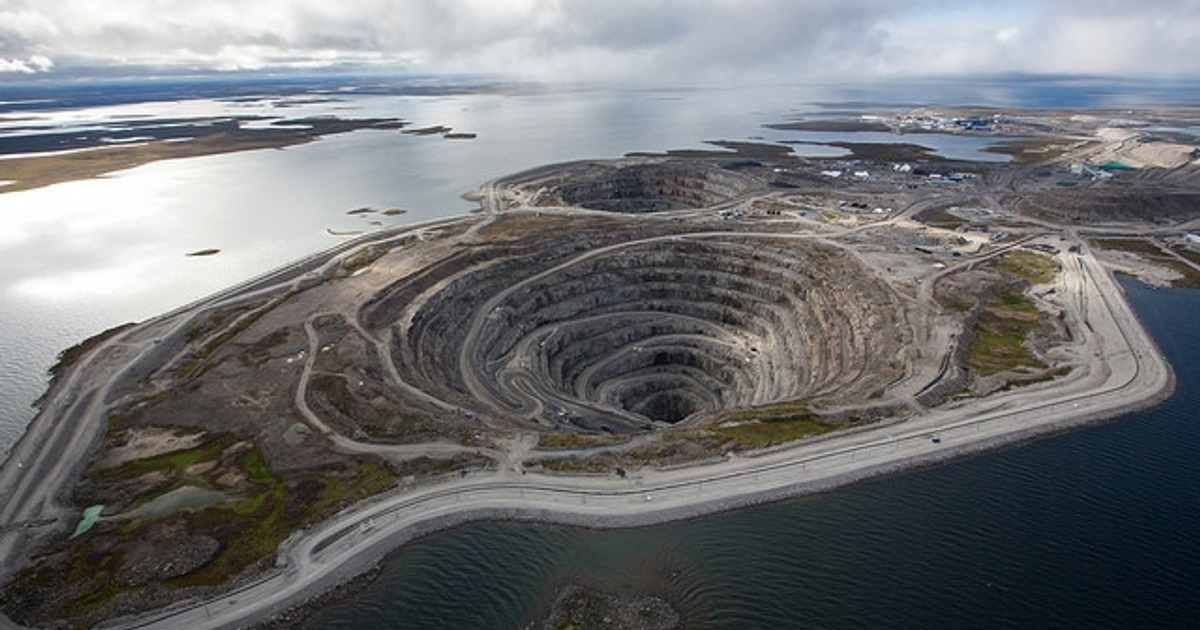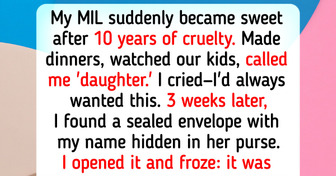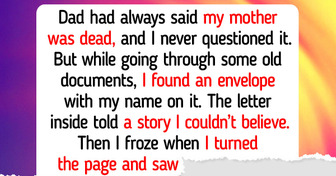I Refuse to Keep Supporting My Daughter and Her 5 Kids for Free


When we think about the perfect holiday destination, we often have a beautiful tropical island in mind. However, some islands deviate from this stereotype so badly that they deserve to be listed in a separate article.
We at Bright Side have prepared this selection of obscure places just for you. And make sure you don’t miss the bonus at the end of the article!
Goqui Island is the perfect example that nature always wins if we leave it in peace. This fishing village was abandoned after fishermen moved to the mainland and since then the Mother Nature took over, covering entire streets with soft green blankets.
Mauritius Island is a beautiful place, and apart from just being a tropical paradise, its unique natural resources created an amazing illusion. When looked at from above, a flow of sand and silt deposits gives the impression of an “underwater waterfall.”
Snake Island got this nickname for a reason. It’s became a home for one of the most venomous snakes in the world, the Golden Lancehead. Some specialists estimate that there are about 4000 snakes living there which means one snake for every square meter. This place is so dangerous that the Brazilian government has banned all visitors.
Bouvet Island is probably the remotest island on the entire planet. It’s located at a southernmost point in the Atlantic Ocean. Because of its total isolation, it has been discovered several times. The very first discovery belongs to Jean-Baptiste Charles Bouvet de Lozier. He spotted this island in 1739, however, his information was so inaccurate that nobody could find this island again until 1808 when the British whaler James Lindsay bumped into it and named it Lindsay Island. 17 years later another whaler found it again and named it Liverpool Island.
Finally after several disputes, in 1971 the name and credit of discovery were officially given to Jean-Baptiste.
Clipperton Island is a small coral atoll that is just 6 km2 located in the Pacific Ocean. It’s thousands of kilometers from any mainland and in the early 1900s it was used for mining for guano. Around 1910 a lighthouse was built and around 100 people lived on the island, including families and children. Every 2 months a ship would arrive to resupply food and other needs. Until in 1914 the ships stopped arriving because of the Mexican Civil War. The people on the island were forgotten, left surviving on the small atoll which had no forest or agricultural land. In 1917, the last survivors, 3 women and 8 children, all severely malnourished were rescued and evacuated by an American ship.
Palmyra Atoll is formed by coral and is one of the most isolated places on Earth. It has beautiful lagoons that are covered by dense rainforests and it has the highest concentration of marine life. Sounds like a paradise, however there are lots of superstitions that surround the island. There have been a few mysterious disappearances of ships on and around it. If you want to visit it, you have to get special permission and the number of travelers is very limited.
To the north of the Philippines, there is a lake named Taal. In that lake, there is an island named Taal Vulcano. In the middle of that island, there is another lake, which is technically the flooded crater of a volcano, and inside of this lake there is another island, the Vulcan Island. It’s like a Russian Doll in island variation.
It seems that Socotra Island belongs to another planet, some people believe that this island is actually the Garden of Eden. It’s been isolated for such a long time and it became a home for some plants that cannot be found anywhere else on Earth. For example, a dragon’s blood tree that looks like a perfectly made natural umbrella.
The entire island is basically just one big diamond mine. Diavik Mine, located in northern Canada, opened 15 years ago and has produced more than 100 million carats of diamonds since, which is about 20 tons. That’s lots and lots of engagement rings...
It was such an outstanding, complicated and very successful project, that a book was written about it.
Do you know about any interesting places that would fit into this collection? Tell us about it in the comments.











